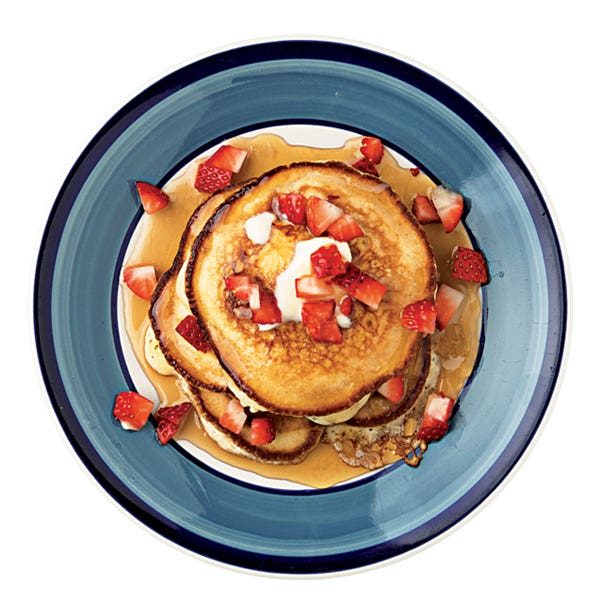
Batter Up
Whether you prefer well-browned pancakes with a crunchy edge or a fluffy blond stack, it's all about knowing the right moment to flip that guarantees success. When batter hits a hot skillet, gaseous cells from the baking soda or other leavener expand and form tiny bubbles. If you like your flapjacks pale, flip them as soon as bubbles form along their edges. For a golden brown stack, wait 2 minutes until bubbles appear in the center of the pancake, giving the egg, milk, and butter proteins in the batter time to brown and crisp underneath.
Get the recipe for Strawberry Griddle Cakes »
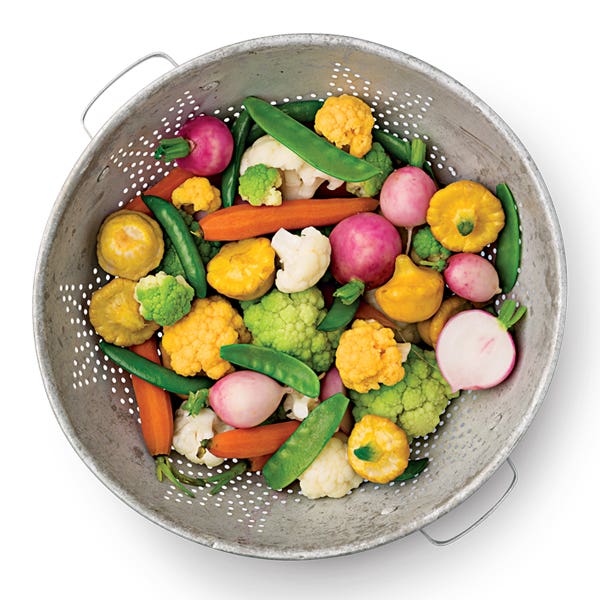
The Best Blanch
The simplest technique for cooking vegetables is blanching them in salted boiling water. The secret to perfect doneness is to stop the cooking at exactly the right instant. Leafy greens like spinach cook in 30–60 seconds—as soon as they begin to wilt, they're done. Sturdy root vegetables like beets and carrots require a longer cook time, 3–7 minutes depending on size; poke them with a knife to test whether they've reached the desired tenderness. Transfer greens and root vegetables alike to an ice bath to halt cooking.
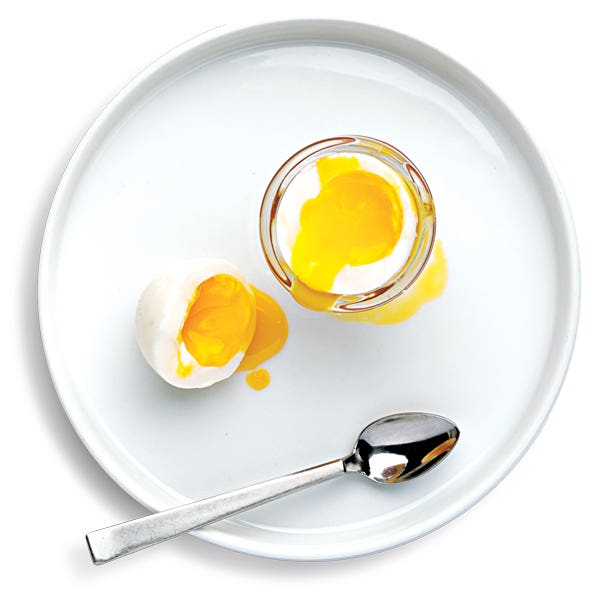
Soft Touch
Timing is everything when it comes to boiled eggs (below), where a minute can mean the difference between soft and hard. Our favorite is the mollet egg (from molle, French for "soft"), which splits the difference—it has a warm runny yolk and a firm but tender white. To make mollet eggs, bring 8 cups of water to a gentle boil in a 4-qt. saucepan. Lower 4 room-temperature eggs into the water and set a timer for 6 minutes. Transfer the eggs to an ice bath to stop the cooking process but not to chill, 30–45 seconds. Remove to either a plate or an eggcup; use a knife to cut off the narrow end or simply peel.
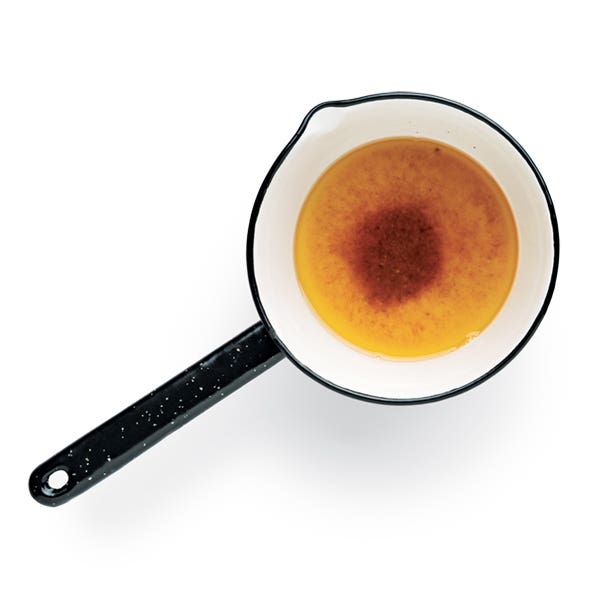
Brown Beauty
Browned butter can go from nutty to burnt-tasting in the blink of an eye. To avoid that, you need to be able to discern its color as it cooks. Using a light-colored skillet, melt butter over medium heat. Bubbles will appear as water evaporates. Once bubbles subside, milk proteins will sink to the bottom while clarified butter, or ghee, floats above. Continue to cook, swirling the skillet. Stop when the solids are golden brown, or noisette—delicious in baked goods—or continue until dark brown, or noir, to mix with lemon juice as a dressing for seafood or vegetables.
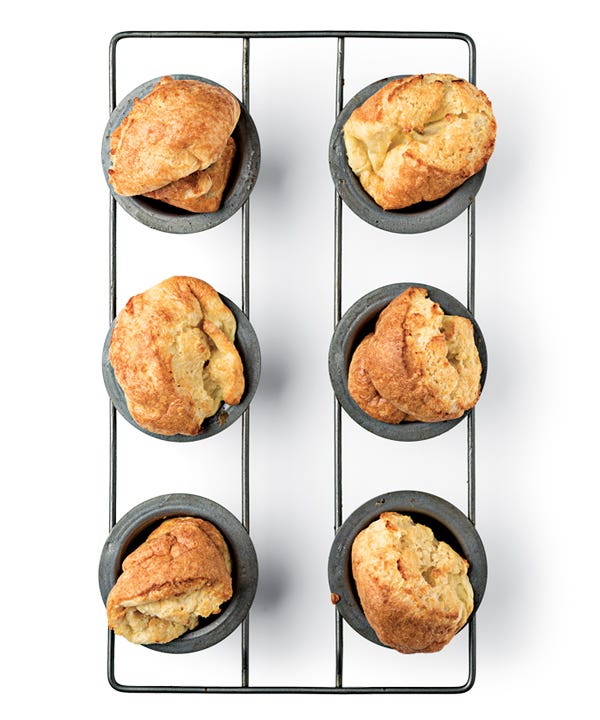
Full of Hot Air
The key to making great popovers is trapping a large pocket of air in the batter—a process that takes place in seconds. Here, speed is key. Heat a greased popover pan in a very hot oven, 450°–500°. Vigorously whip warmed butter until foamy, then swiftly portion into tins and immediately return pan to oven. The popovers will swell as the trapped air bubbles expand, forming one large cavity, and the surrounding batter puffs and sets. Steady heat is imperative, so avoid opening the oven door. After cooking, prick popovers to expel and trapped steam, and serve right away.
See the recipe for Popovers »
Photos: Ingalls Photography_
Keep Reading
Continue to Next Story










